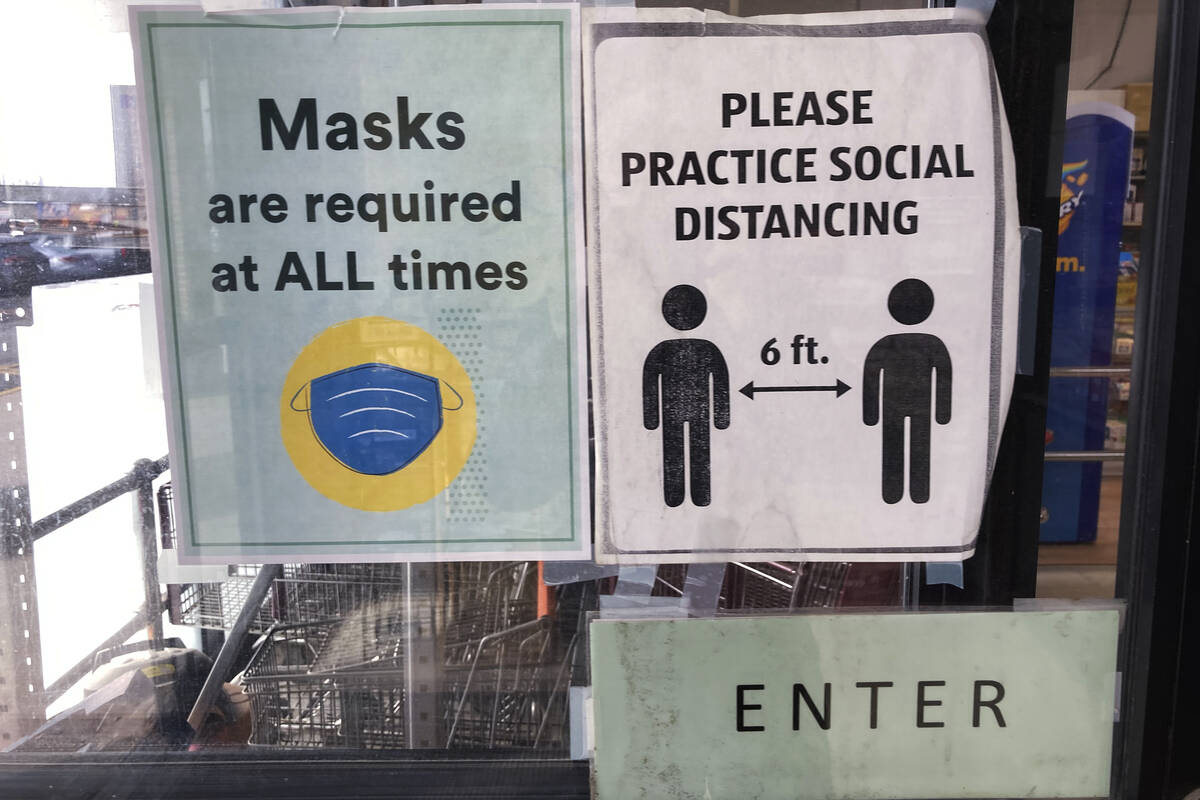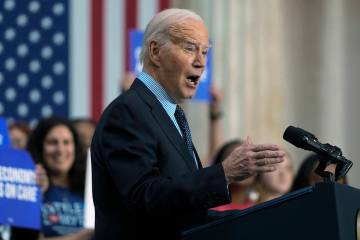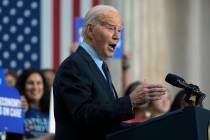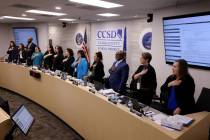EDITORIAL: Some locales now reviving failed mask mandates
Coronavirus cases have crept up again — although without a concurrent increase in overwhelmed hospitals and deaths. The United States is now recording 100,000 cases daily, which is almost certainly an undercount as many people who become infected remain asymptomatic.
In response, officials in the usual places are again re-asserting their authority to issue edicts and mandates. School districts in Philadelphia and Sacramento have reimposed mask requirements for students. Alameda County in the Bay Area has also imposed forced indoor masking, even for most young children. Los Angeles County officials are moving in that direction also, the Los Angeles Times reported last week.
After 28 months, one might think that well-educated public health officials would have learned from their mistakes. Apparently not.
“The evidence suggests that broad mask mandates have not done much to reduce COVID caseloads over the past two years,” David Leonhardt of The New York Times wrote last week. “Today, mask rules may do even less than in the past, given the contagiousness of current versions of the virus.”
Mr. Leonhardt notes that the correlation between low vaccination rates and deaths can be seen clearly on any geographic rendering that takes such factors into consideration. But that isn’t the case with mask mandates and reported cases.
When “you look at the data on mask-wearing — both before vaccines were available and after, as well as both in the U.S. and abroad — you struggle to see any patterns,” he wrote. In addition, “In U.S. cities where mask use has been more common, COVID has spread at a similar rate as in mask-resistant cities. Mask mandates in schools also seem to have done little to reduce the spread.”
That’s not to say that masks are ineffective in preventing the spread of airborne disease. But the prevalence of subpar face-coverings, widespread exceptions to indoor mask requirements at public establishments and other factors all make mandates a weak and unsustainable tool this far into the pandemic — particularly when “there are less divisive measures that are more effective than mask mandates,” Mr. Leonhardt observed.
The continued availability of vaccines proven to reduce the seriousness of infection and the evolution of more sophisticated COVID treatments should be the primary focus of health experts and politicians attempting to minimize future waves. As for masks, the idea that officials must respond to any new virus surge by turning back the clock and demanding universal face-coverings outside the home is not based in reality — or the science.
“People can make their own decisions,” Mr. Leonhardt wrote, adding that “different people can reasonably make different choices.”
Amen.




























